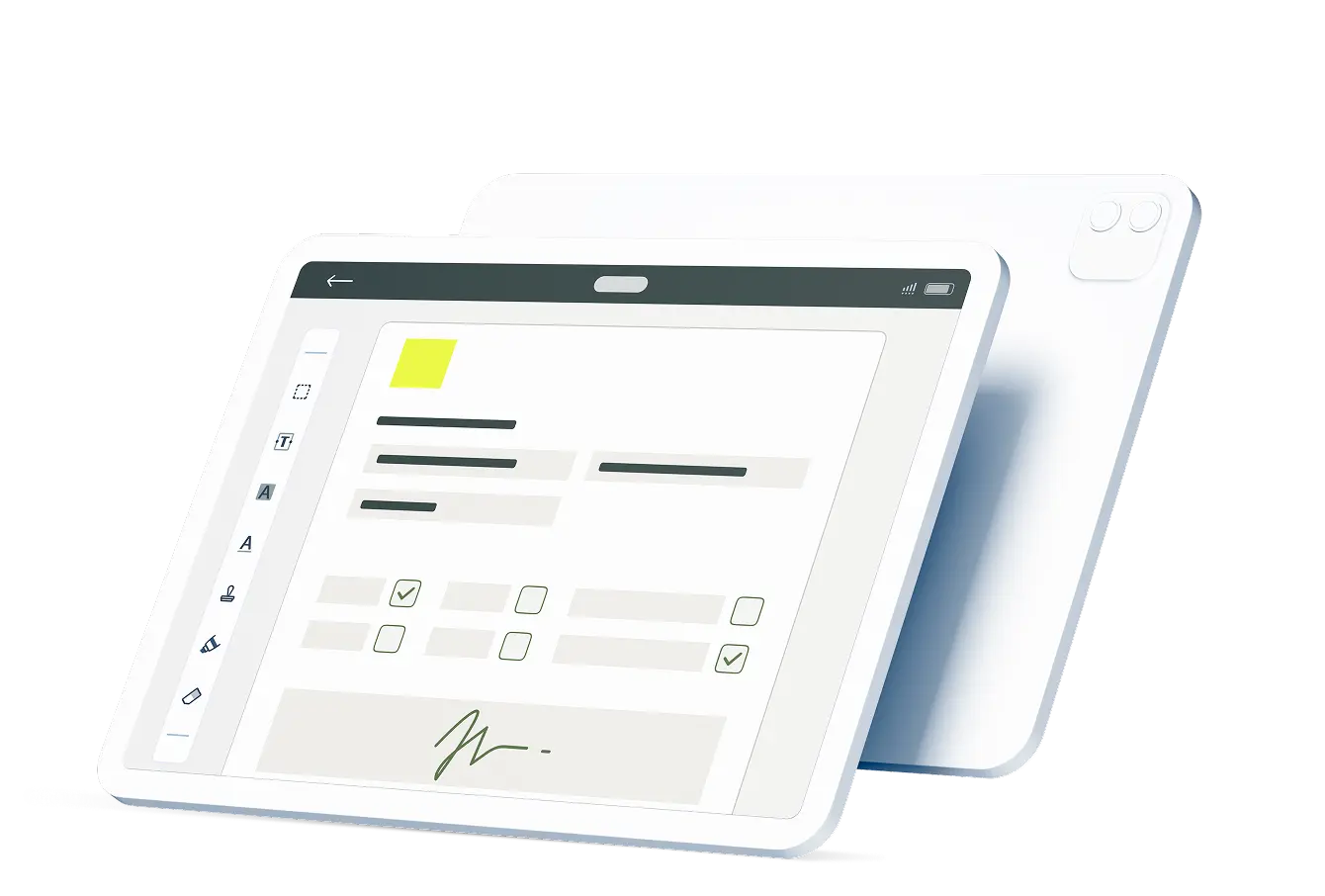Many healthcare providers use the SOAP documentation method during patient consultations. This acronym for Subjective, Objective, Assessment and Plan accounts for communication between care providers and patients and professional recommendations for treatment. Electronic medical records often include SOAP notes, which makes a standardized SOAP note template an essential part of medical practice workflows.
Contents:
Make Complete SOAP Notes
SOAP notes simplify the information-gathering and providing phases of patient consultations. Documentation starts at the time of check-in and continues through subjective and objective observation, assessment, and planning. The ready availability of information in a patient’s EMR can have positive outcomes at any point in the care cycle.
The SOAP notes a care provider makes contribute essential information to medical records. This documentation also provides proof of patient contact, care facility and provider compliance, and timely administration of treatment. For all of these reasons, it is helpful to use a standardized SOAP note form.
SOAP Note Format
Each stage of information-gathering signified by a letter in the acronym SOAP is essential to good care. Here is a basic breakdown of this documentation format:
- Subjective: A patient’s description of a Chief Complaint.
- Objective: The informed observations of a health care practitioner.
- Assessment: Diagnosis and etiology of the Chief Complaint and other factors.
- Plan: A professional plan to treat the Chief Complaint and other concerns.
The Subjective portion of a SOAP note accounts for the patient’s Chief Complaint, History of Present Illness, Past Medical History, Family History, Social History and a Review of Systems.
Subjective and Objective observations may be guided by other mnemonic devices such as OLD CHARTS for Onset, Location, Duration, Character, Alleviating and Aggravating Factors, Radiation, Temporal Pattern, and Severity.
Objective observations start with the age, gender and general appearance of the patient and proceed through recorded measurements of vital signs. Body temperature, weight, body mass index, glucose level, heart rate, blood pressure and respiratory rate are often included in SOAP notes.
The Assessment portion of a SOAP note summarizes main symptoms and sets forth a diagnosis, attempting to account for the etiologies and risk factors associated with a condition. Each note concludes with a Plan to treat concerns. A SOAP note can stand alone as proof of consultation and professional recommendation of care or be used in long-term assessments of health conditions based on past documentation.
Why Use SOAP Note Templates
SOAP notes originated in the 1960s as a variation on Problem-Oriented Medical Record methods. Each SOAP note is intended to identify, describe and recommend treatment for one concern. The Chief Complaint of a patient is the rationale for adding a new note to an EMR.
Primary care physicians and specialists may both make SOAP notes, as may prehospital care providers such as emergency medical technicians. In each instance, this standardized note method can be facilitated through the addition of a SOAP note template for completion during consultations.
Medical Workflow Solutions
Integrating a paperless SOAP note template into a healthcare workflow facilitates consistent documentation of consultations. SOAP templates also support the ready availability, secure storage and transmission of medical records to other healthcare providers. Form automation may allow for easier and faster documentation that empowers users to provide patients with the highest quality of care. Find out how Fluix makes it easy to implement a SOAP note template to simplify patient documentation and request a free trial today.

